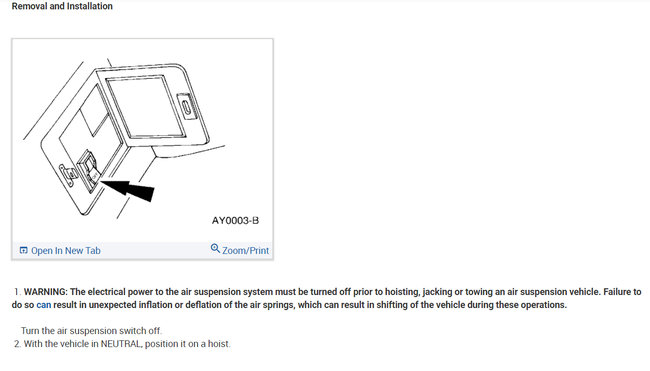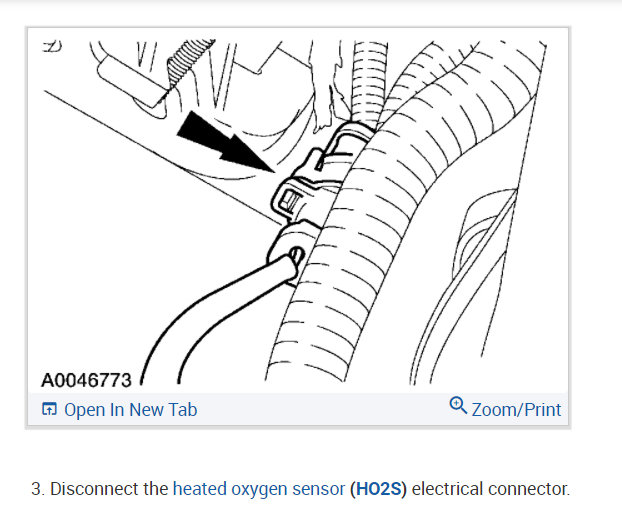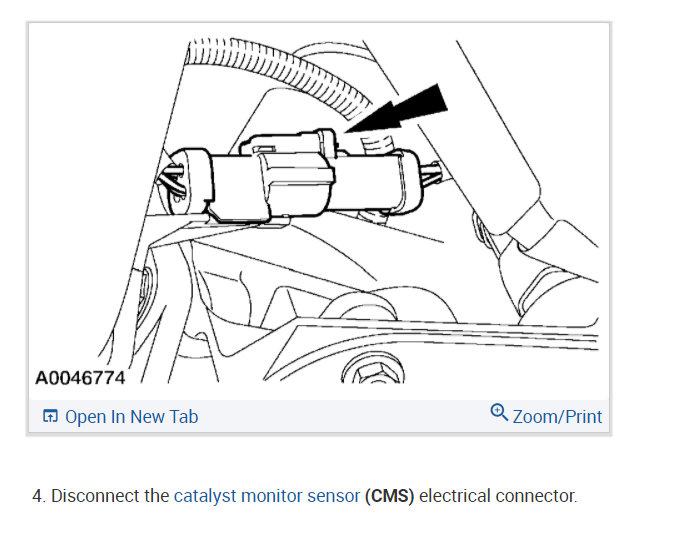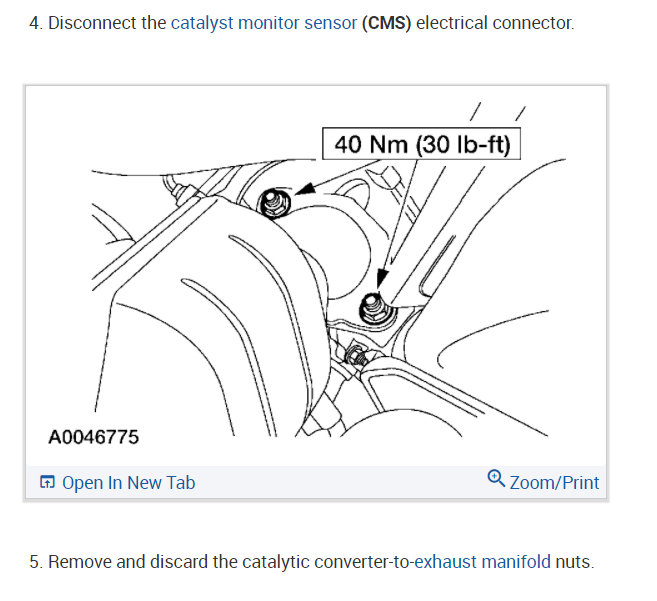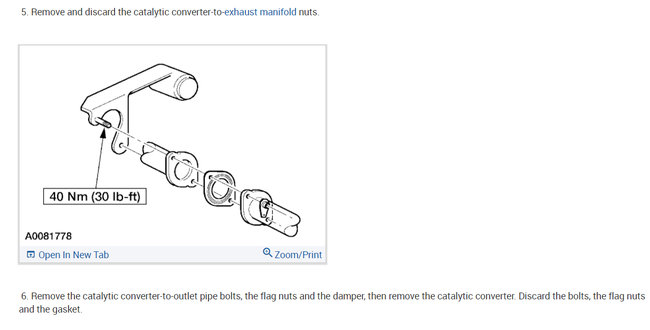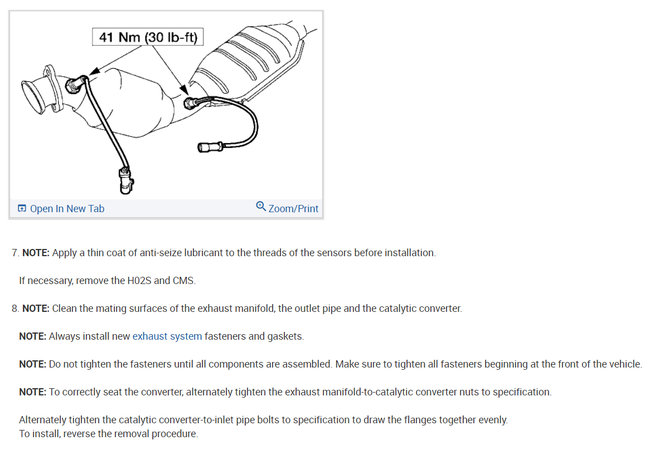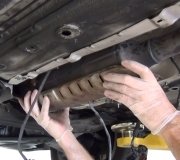You need to pull the codes from the computer, match the code to the troubleshooting procedure, follow the procedure to find the source. Repair the source, light will go out if that was the only problem. There are "monitors" or self tests the computer runs the car through a drive cycle, if a problem occurs, it may not run all of the self tests until that problem is taken care. Therefore, another problem may exist. It is emission related. OR hook up a scanner that is capable of clearing codes, and hope that none are still active.
The " check engine light" is by far one of the most misunderstood technological advances It is a warning light that is illuminated when there is a problem affecting the EMISSIONS of the vehicle. Don't let it bother you as it is a good thing once you understand it. One point that was brought up a recent meeting of technicians was that the amount of hydrocarbons is greater when the gas cap is left off than when the engine is running. Hydrocarbons are part of pollution emitted as gasoline evaporates. Going a step farther, one facet of the emission system is the "Evaporative" portion. This is when the fumes from the gasoline are leaking from the system into the outside air. This is one part of the emission system that can trigger a check engine light. I would say a small percentage of the vehicles that have a check engine light are the result of a loose or inadequate gas cap. But understand that many scenarios are possible with the "check engine light" The vehicle's powertrain computer (note that some vehicles have multiple computers aside from the powertain computer) will run a series of self-tests. They will only run under certain criteria. And they are different from manufacturer to manufacturer. Some self-tests or “monitors” are not run until preceding ones have run successfully. So if there is a problem in one particular area that is preventing another self test from running, you can have a situation where one problem is fixed, but another still exists. If you fix a problem and drive the car through a drive cycle that sets the monitor (or self test) the light will go off as it passes that criteria that triggered it in the first place.
There are many different sources for the light to come on. Anything that caused combustion to fail, commonly called a misfire will set the light. Various sensors such as oxygen sensors that evaluate the exhaust before and after the gases are burned in the converter. Transmission codes may set the check engine light to appear. If the car is running okay, get it fixed in a reasonable amount of time such as within the month. It will probably save you fuel if you do. However if the Check engine light is flashing, you should not be driving it as damage is being done to the converter. Some emission components are covered beyond the standard warranty. The converter for example is covered up to 80,000 miles by the manufacturer.
After 1996, the auto industry went to a idea called OBD II (on board diagnostics). This was to get all the manufacturers onto a similar plane for troubleshooting and powertrain control. While they still differ, many corrections and adaptations were made for technicians to better fix the check engine light problems. Prior to this there were so many different and poor troubleshooting data from a check engine light problem that resolving the problem was much more difficult. Many early warning light of this nature were set to illuminate based on mileage. An Oxygen sensor was one of the things that were meant to be replaced when that mileage was hit. This is much like many current "Change oil lights” that are set based on a pre-set mileage.
To start testing for the check engine light, you’ll need to find the codes from the computer, match the code to the troubleshooting procedure, follow the procedure to find the source. Repair the source, light will go out if that was the only problem. There are "monitors" or self tests the computer runs the car through a drive cycle, if a problem occurs, it may not run all of the self tests until that problem is taken care. There are self-tests for the oxygen sensor circuit, egr system, evaporative system to name a few. Therefore, another problem may exist. It is emission related.
OR hook up a scanner that is capable of clearing codes, and hope that it won’t come back on. But don’t bet on it. Lastly, disconnecting the battery in some cars will clear the memory of the computer and may temporarily turn the light off. Beware that this may also cause other problems such as the car not rembering it’s idle and will have to relearn it, the radio may be rendered inoperative or in the case of the new Toyotas, the air bag can blow.
Thursday, October 22nd, 2020 AT 10:15 AM
(Merged)
